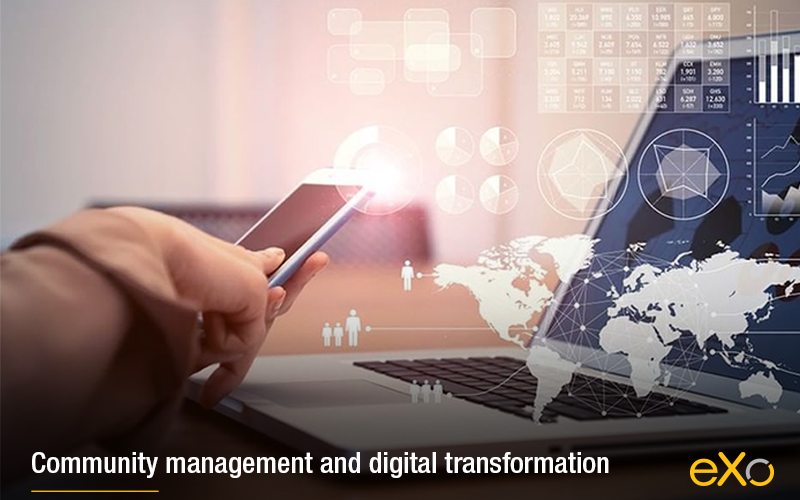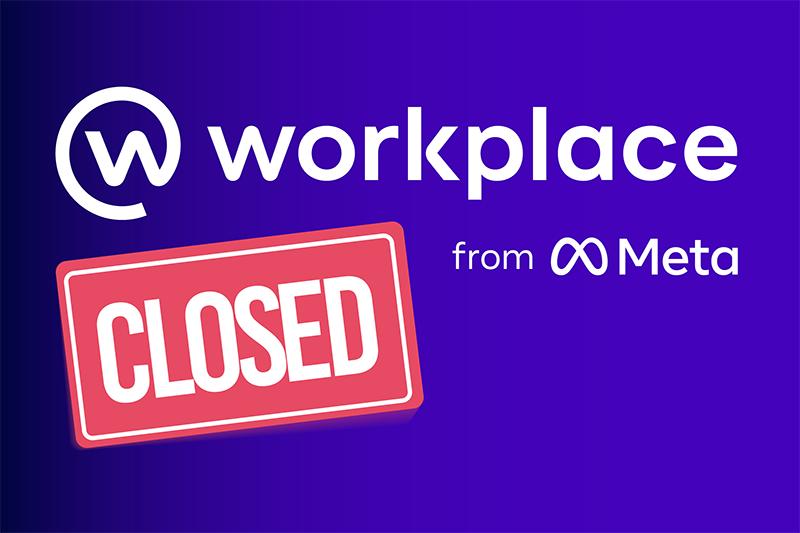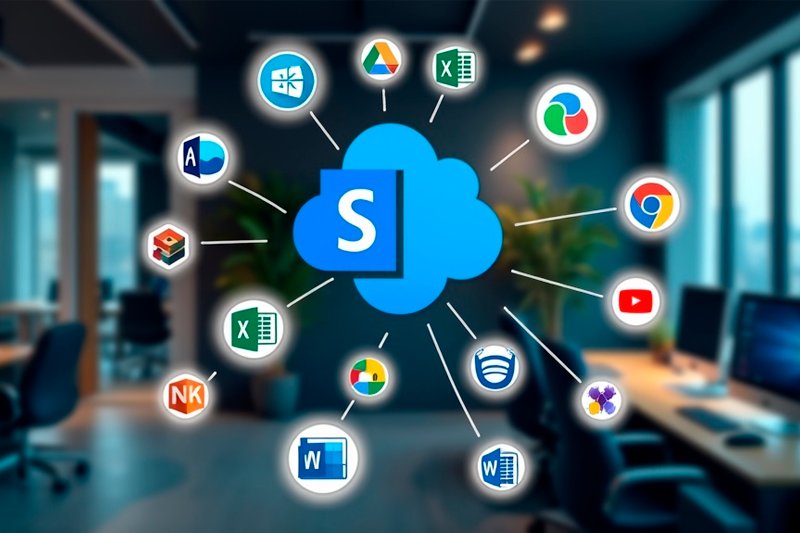- Brahim Jaouane
- October 23, 2019
Five Roles for a Community Manager in a Digital Transformation Strategy

Content
1. An information source
2. People and activities connector
3. An employee engagement driver
4. An early adopter
Conclusion
with eXo Platform
FAQ
what is an internal communities?
Internal communities are places where employees can find help and support when they experience difficulties. I personally experienced such a community first hand several times, when joining a company among other newcomers.
What are the benefits of internal communities?
Here is a list of business benefits of internal communities to maximize your talent development:
- Natural support system
- Information sharing
- Talent development
- Innovation
- Employee satisfaction
What is the difference between internal and external communication?
Here are some Key differences between internal and external communications:
- The audience
- The goal
- The frequency
- The flow
- The means
➝ Find out the Key differences between internal and external communications
What is internal communications?
Communication is said to be internal, when the exchange of information, facts, opinions, etc occurs within the organisation itself. In internal communication, messages can be exchanged via personal contact, telephone, e-mails, intranet, modern communication tools or digital workplaces.
It usually helps in developing plans for accomplishment, organising resources, training, appraising and motivating employees to put their best foot forward.
What is external communications?
External communication can be defined as sharing information between the company and any other person or entity from the external environment such as customers, suppliers, investors, clients, dealers, society, etc, as their opinions on the company and brand have a great impact on the business.

Related posts
- All
- eXo
- Digital workplace
- Employee engagement
- Open source
- Future of work
- Internal communication
- Collaboration
- News
- intranet
- workplace
- Knowledge management
- Employee experience
- Employee productivity
- onboarding
- Employee recognition
- Change management
- Cartoon
- Digital transformation
- Infographic
- Remote work
- Industry trends
- Product News
- Thought leadership
- Tips & Tricks
- Tutorial
- Uncategorized


